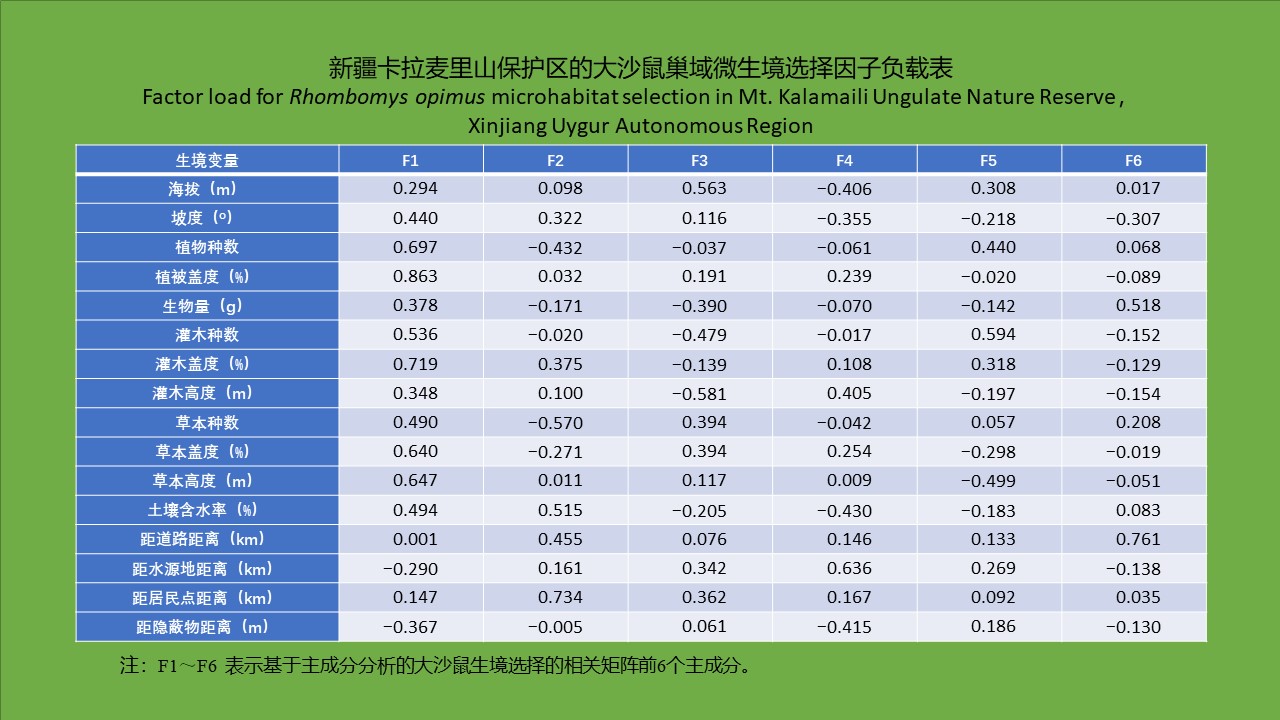 PDF(631 KB)
PDF(631 KB)


新疆卡拉麦里山有蹄类野生动物自然保护区大沙鼠巢域微生境选择
吴洪潘, 刘冬志, 初雯雯, 古丽娜·再努拉, 戚英杰, 初红军
中国媒介生物学及控制杂志 ›› 2023, Vol. 34 ›› Issue (1) : 70-76.
 PDF(631 KB)
PDF(631 KB)
 PDF(631 KB)
PDF(631 KB)
新疆卡拉麦里山有蹄类野生动物自然保护区大沙鼠巢域微生境选择
 ({{custom_author.role_cn}}), {{javascript:window.custom_author_cn_index++;}}
({{custom_author.role_cn}}), {{javascript:window.custom_author_cn_index++;}}Microhabitat selection of Rhombomys opimus hideout in Mt. Kalamaili Ungulate Nature Reserve, Xinjiang Uygur Autonomous Region, China
 ({{custom_author.role_en}}), {{javascript:window.custom_author_en_index++;}}
({{custom_author.role_en}}), {{javascript:window.custom_author_en_index++;}}
| {{custom_ref.label}} |
{{custom_citation.content}}
{{custom_citation.annotation}}
|
/
| 〈 |
|
〉 |